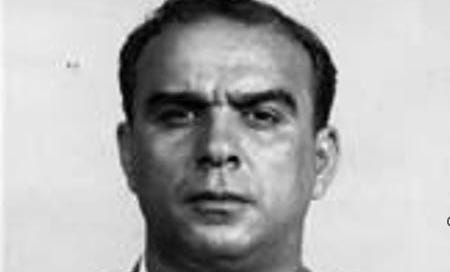The murder of Danny Greene and the fall of the Cleveland Mafia (3)
A comedy of errors foils an impromptu attempt to kill Greene and Nardi
After I completed but before the release of my second book, The Hunting of Cain (1983), a true story about a contract killing in Bath, Ohio, I started looking for another project. Then, after reading a fascinating series of articles in Cleveland Magazine about the Cleveland Mafia, I contacted the author, the legendary Ned…
Keep reading with a 7-day free trial
Subscribe to MOBOLOGY to keep reading this post and get 7 days of free access to the full post archives.





